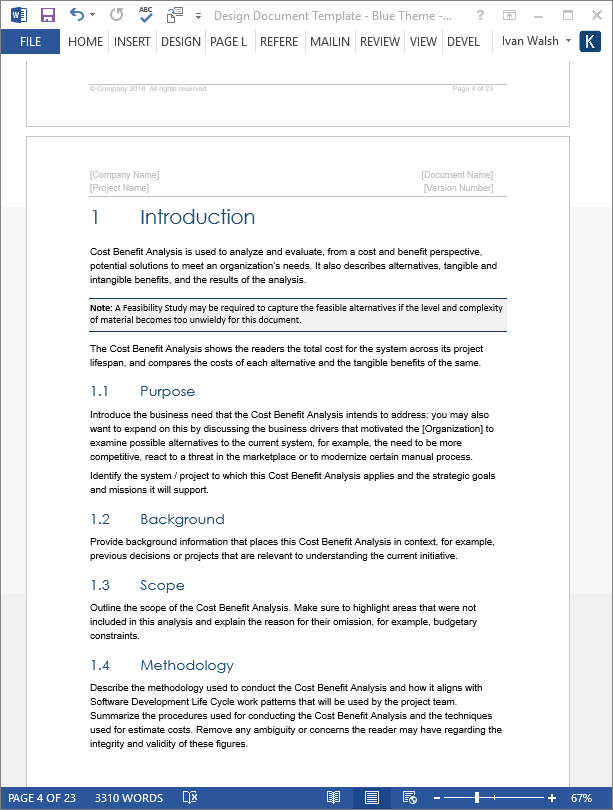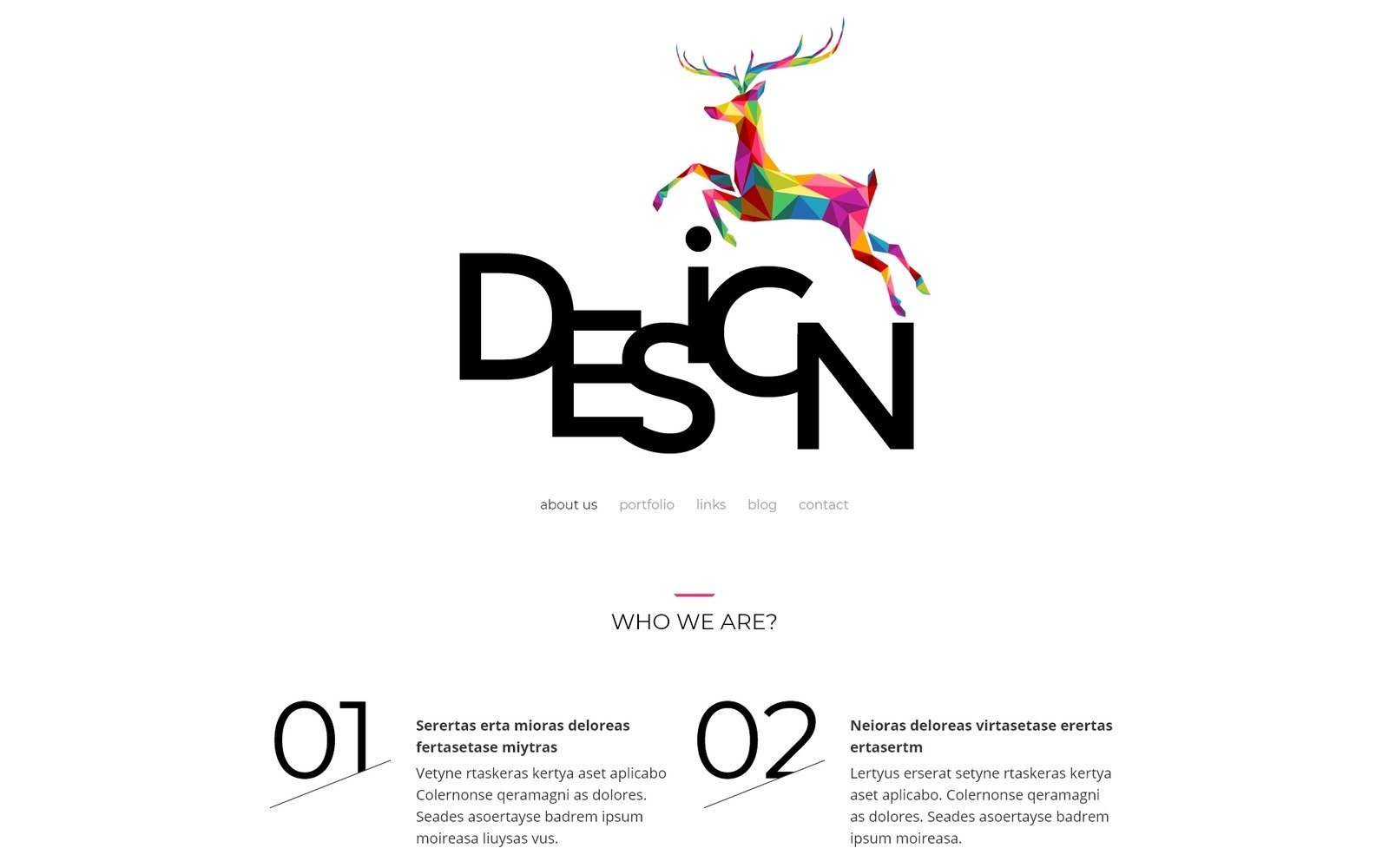Table Of Content

In order to prove the viability of product design decisions, it must be subject to a period of validation. In this phase, the design is tested to gauge its ability in achieving its initial goals which were established during the conceptualization phase. These seek to aid developers in finding the best way possible to communicate the design concept laid out in the document in a real, finished product. Danielle is the editor-in-chief of Game Developer, with previous editorial posts at Fanbyte, VICE, and Polygon. She’s also a lecturer in game design at the Berklee College of Music, and a hobbyist game developer in her spare time.
Hire Top Software Engineers With DevTeam.Space
Leveraging a well-structured template can significantly streamline the process of creating technical design documents, enhancing consistency and efficiency across all projects. This method ensures that all critical aspects of the design are captured comprehensively and systematically. IEEE defines software design documentation as “a description of software created to facilitate analysis, planning, implementation, and decision-making”. In essence, a software design document (SDD) explains how a software product or a feature will be built to meet a set of technical requirements.
Don't write it in Word
While a great deal of AAA design documentation is mired in secrecy, there are plenty of examples of GDDs out in the wild. If your game is light on story, a logline, rough synopsis, or brief outline of the plot will do very nicely here. We have a software design doc template that's perfect for all your software project needs. It's free, highly customizable, looks sleek across different devices and browsers, and is easy for anyone to use.
How to create software design documents
Tesla Claims To Have Open Sourced The Roadster - Hackaday
Tesla Claims To Have Open Sourced The Roadster.
Posted: Sat, 25 Nov 2023 08:00:00 GMT [source]
That helps teams share knowledge by connecting any type of digital content. With this intuitive, cloud-based solution, anyone can work visually and collaborate in real-time while creating internal notes, team projects, knowledge bases, client-facing content, and more. Software design documents not only help others understand your system and provide documentation for future projects, but it also forces you to think through the entire system architecture. A software design document helps to ensure the design specs of the software are understood and it’s clear to all. It specifies what is possible with the product and how it can be accomplished. While there are some product teams who have adopted this approach without experiencing any major difficulties, it is a highly dangerous practice.
OneNote vs. Notability: Which Note-Taking Tool is Better?
Team members have a visual representation of current operations and can use it to brainstorm new opportunities for innovation. A well-documented software design template also mitigates risks by outlining assumptions and dependencies, thus facilitating better risk management and change control. This ensures that all team members have a shared understanding of the project’s technical aspects, enabling efficient collaboration and reducing the likelihood of costly mistakes. Furthermore, it facilitates the onboarding of new team members, as they can refer to these documents to quickly understand the project’s technical aspects. Provide visuals and code samplesNow we’re moving into design system territory.
Consequently, this leads to fewer misunderstandings and faster project completion. UX documentation is a vital asset for enhancing collaboration within cross-functional teams. As it gives insights into the design process and reasoning behind decisions, it helps ensure the entire team remains aligned and informed throughout the project’s lifecycle. UX documentation is a repository of all information relevant to the user experience design process. Team members can always refer to this repository to see what has worked and what hasn’t. This way, teams can build on past experiences and avoid making the same mistakes.
At the beginning of this article, we said the goal of a design doc is to make sure the right work gets done. In the example above, thanks to this design doc, instead of wasting potentially months only to abort this project later, you’ve only spent 8 days. Before sending your design doc to others to review, take a pass at it pretending to be the reviewer.
Section 1: User Requirements
As you create your own software design document, be sure to include these elements. Whether you’re new to software design documents, or an old pro, we've got you covered—this post covers everything from the basics to best practices. However, while the concept of design documentation exists, it continues to be shelved within the software development community. In fact, there are some designers who do not even know what a design document is, let alone prioritize it in guiding product development. Although it may seem complicated, writing a technical design document is not as frightening as it looks. Using a technical design document, you may keep track of all your thoughts and plans so that you don't forget them when the project is being developed.
It’s not enough to list them; you should also explain how to use them and provide examples. Doing this will facilitate collaboration among various members of the team. Style guides are like the glue that holds the various aspects of a product together. They contain pre-established design patterns and guidelines that govern the user experience. Documenting prototypes can give stakeholders a better understanding of the final product, leading to more informed feedback and better design decisions. Low-fidelity wireframes are the most basic representations of the user interface.
Created by professionals well-versed in system design complexities, the Google Docs System Design Document Template helps create thorough and well-organized documents, setting your project up for success. You’ll need to start with the Project Description, introducing the project, its goals, and revisions. Consider it a collective document detailing the ‘whats,’ ‘whys,’ and ‘hows’ of your product.
As with any major milestone, it’s useful to pause for some self-reflection over a year’s worth of progress and lay out our goals for the year ahead. If you are creating a narrative-driven game, you might also consider our resource on free tools for creating story-based games. As with the game world section, some reference or concept art goes a long way here.

No comments:
Post a Comment